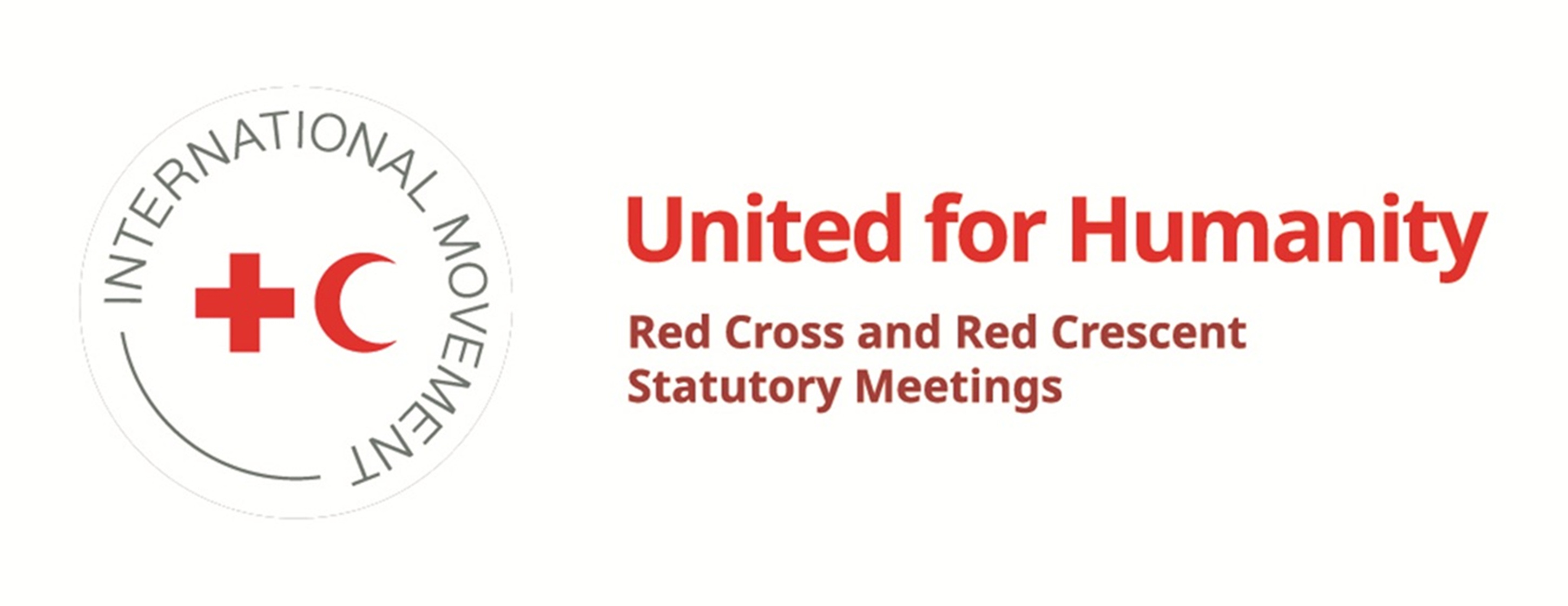A) Objectives of the pledge:
The Council of Delegates adopted a resolution in 2013 to promote disability inclusion in the International Red Cross and Red Crescent Movement, and in 2015 adopted the Movement Strategic Framework on Disability Inclusion. Progress reports submitted in 2017 and 2019 on the implementation of the Strategic Framework indicate that although there is increasing awareness regarding inclusion of persons with disabilities in both humanitarian action and development programming, implementation is largely lacking.
The objective of this pledge for the period 2019-2023 is to reinforce Movement commitments and increase implementation of humanitarian assistance, protection and communications and development programming that are inclusive, equally accessible and available to persons with disabilities, including in preparedness, response and recovery. In doing so, we acknowledge the advantages of local partnerships in strengthening trust and accountability between local communities, persons with disabilities and humanitarian actors, increasing knowledge, expertise and awareness of capacities and perspectives of persons with disabilities and requirements for inclusive humanitarian action.
B) Action plan:
Action 1: By 2023, enhance the voice of persons with disabilities in short term and longer-term programming, planning, implementation, monitoring, evaluation and advocacy.
Action 2: By 2023, promote and apply guidance and tools that address the inclusion of persons with disabilities in humanitarian and development programming.
C) Indicators for measuring progress:
Action 1:
- Inclusion of women and men with disabilities in planning, arrangements and speaking roles (where relevant) in coordination mechanisms, platforms, forums, seminars and events etc, organized by pledger on inclusion of persons with disabilities in humanitarian and development contexts.
- Number of programs and projects funded or implemented by pledger, where persons with disabilities from the community have participated in planning, implementation, monitoring or evaluation, including as staff, volunteers and responders.
- Incorporation of disability inclusion in relevant national government policies on development and/or humanitarian action.
Action 2:
- Number of programs and projects funded or implemented by pledger, that apply the IASC Guidelines on Inclusion of Persons with Disabilities in Humanitarian Action, the Humanitarian Inclusion Standards on Older People and People with Disabilities, the Minimum Standards for Protection, Gender and Inclusion in Emergencies, and other similar tools for inclusion of persons with disabilities.
- Number of programs and projects funded or implemented by pledger, that use the Washington Group questionnaires or similar validated tool for identifying persons with disabilities.
D) Resource implications:
Resources for staffing required for collecting data and reporting on the actions and indicators, as needed.



